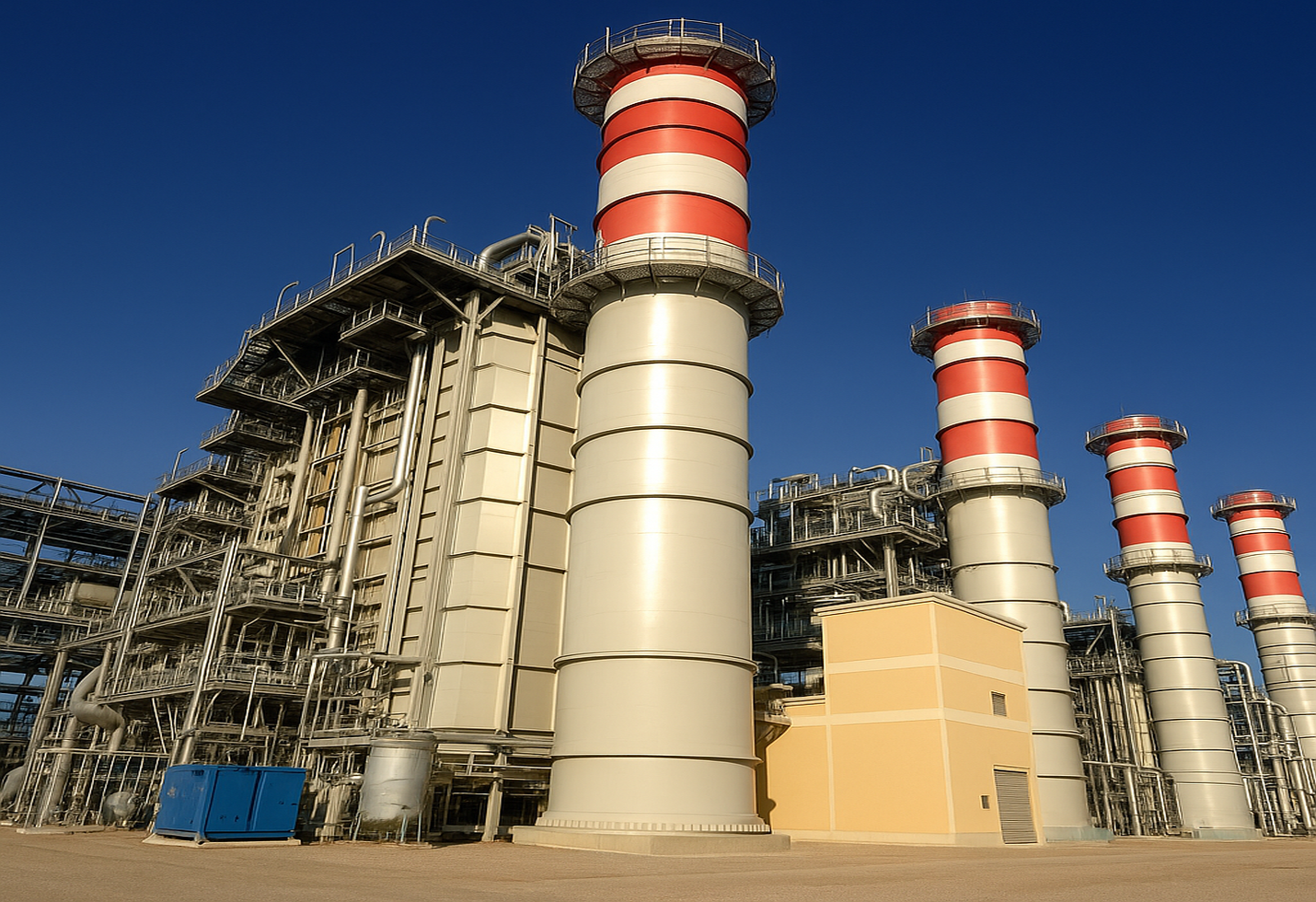Dixon and Signify Launch 50:50 Lighting Venture
Dixon Technologies partners with global lighting leader Signify to create a 50:50 joint venture aimed at scaling up the domestic lighting manufacturing ecosystem in India.
Summary:
Dixon Technologies (India) Ltd., an important player in India’s electronics manufacturing industry, has revealed a strategic collaboration with Signify, a worldwide leader in lighting solutions. Both companies will hold an equal 50% stake in the newly formed entity, combining Dixon’s local manufacturing prowess with Signify’s global technological expertise. The venture is expected to strengthen India’s self-reliance in lighting solutions, boost local employment, and support the “Make in India” initiative. Dixon shares have seen increased investor interest following the announcement.
In a groundbreaking development poised to transform the lighting industry in India, Dixon Technologies (India) Ltd., an important figure in the electronics manufacturing services (EMS) sector, has formed a joint venture with Signify Innovations India Ltd., the Indian arm of the worldwide lighting giant Signify N.V. (previously known as Philips Lighting).
Both companies will each possess a 50% equity stake in the new joint venture, demonstrating their mutual dedication to enhancing India’s lighting manufacturing capabilities. The announcement has sparked investor optimism, with Dixon Technologies’ shares drawing increased attention in the markets amid expectations of long-term value creation from this strategic collaboration.
A Strategic Alliance for a Bright Future
The newly formed joint venture marks a strategic blend of Dixon Technologies’ manufacturing infrastructure, scale, and supply chain expertise with Signify’s technological innovation, brand strength, and global product design capabilities.
The alliance is focused on designing, manufacturing, and marketing LED lighting products and systems in India. These offerings will cater to both domestic consumption and export markets, aligning with the Government of India’s “Make in India” and Atmanirbhar Bharat initiatives aimed at promoting domestic production and reducing dependency on imports.
In a joint statement, both companies expressed their enthusiasm about leveraging each other’s strengths to tap into the massive potential of India’s lighting market, which is expected to reach $3.5 billion by 2026, driven by rapid urbanization, infrastructure development, and increasing consumer preference for energy-efficient solutions.
Dixon Technologies: Expanding Horizons
Founded in 1993, Dixon Technologies has evolved from a simple manufacturing setup into a diversified EMS giant across segments like televisions, washing machines, mobile phones, security systems, and LED lighting. The company has been instrumental in shaping India’s electronics manufacturing landscape and holds partnerships with several marquee global brands.
This joint venture with Signify further strengthens Dixon’s credentials in the lighting segment, a vertical where the company has already established a presence. The venture is expected to significantly expand its lighting production footprint, enabling more complex product portfolios and innovation.
Commenting on the JV, Mr. Atul Lall, Vice Chairman and Managing Director of Dixon Technologies, stated,
“This collaboration is a milestone in Dixon’s journey. With Signify’s technological leadership and global presence, we aim to co-create world-class lighting products that are made in India, for India and the world.”
Signify: Illuminating with Innovation
Signify, headquartered in the Netherlands, is the world’s leading lighting company. The brand has pioneered energy-efficient lighting innovations for over a century. Known for its iconic Philips lighting products and its growing portfolio of connected lighting solutions under InterAct and WiZ, Signify has a global footprint spanning over 70 countries.
In India, Signify is a trusted name in both the consumer and professional lighting segments, servicing sectors ranging from retail to infrastructure and public utilities. With the new joint venture, Signify will gain a robust manufacturing base in India to support its local operations and optimize its global supply chain.
Mr. Sumit Joshi, CEO of Signify Innovations India, remarked,
“This partnership with Dixon is a step toward building a robust and sustainable lighting ecosystem in India. It aligns with our long-term vision of localization and innovation to meet the evolving needs of Indian customers.”
Market Implications and Shareholder Sentiment
Following the announcement, Dixon Technologies’ shares were focused on the stock exchanges, reflecting investor optimism surrounding the growth prospects and strategic benefits of the venture. The partnership is expected to boost Dixon’s revenue from the lighting division, create additional manufacturing jobs, and drive synergies across operations.
Analysts believe that this 50:50 structure ensures balanced control, shared risks, and a higher level of commitment from both partners, a factor that will likely accelerate the venture’s success.
Market experts also note that the joint venture aligns with the government’s Production Linked Incentive (PLI) scheme, which incentivizes local manufacturing of electronics and lighting products. This alignment is anticipated to enhance the venture’s competitiveness and profitability even further.
Future Outlook: Localization, Innovation, and Export Potential
The joint venture between Dixon and Signify is anticipated to drive significant changes in India’s lighting manufacturing industry. With plans to invest in R&D, automation, and backward integration, the venture could become a hub for innovative and cost-efficient lighting solutions, with a strong potential for exports to Asia, the Middle East, and Africa.
Moreover, the collaboration opens doors for the development of bright lighting and IoT-based products, addressing the rising demand for urban and innovative city projects. As India pushes for sustainability and carbon neutrality, energy-efficient lighting will play a pivotal role, and this venture is well-positioned to serve that demand.
Conclusion
The joint venture between Dixon Technologies and Signify is more than a business collaboration—it is a statement of intent. It represents a confluence of Indian manufacturing might and global lighting excellence. By joining hands, the two firms are poised to redefine lighting innovation, quality, and accessibility in India while supporting national priorities like employment generation, import substitution, and sustainable development.
As the venture unfolds, it promises to light up not just homes and cities but also the path forward for India’s electronics manufacturing future.
:
The image added is for representation purposes only










